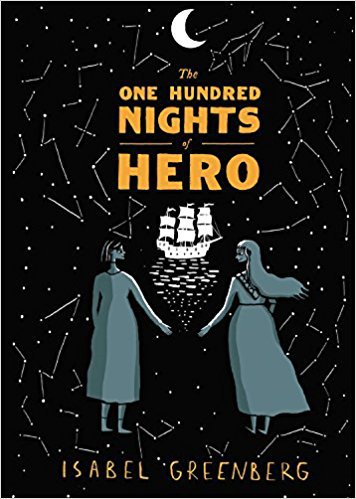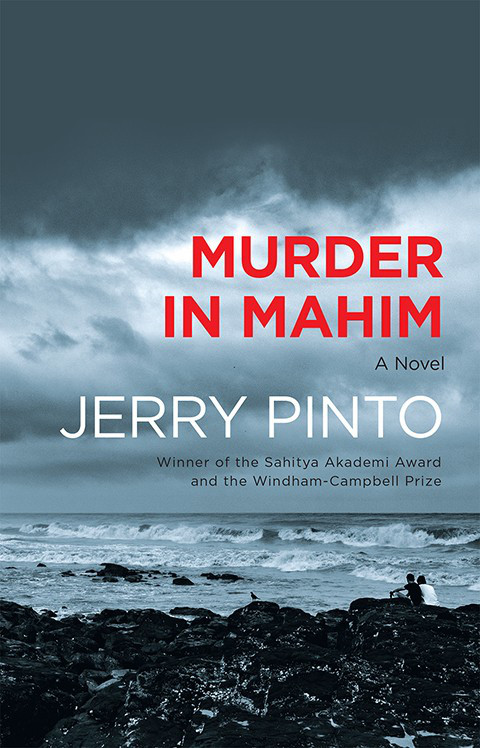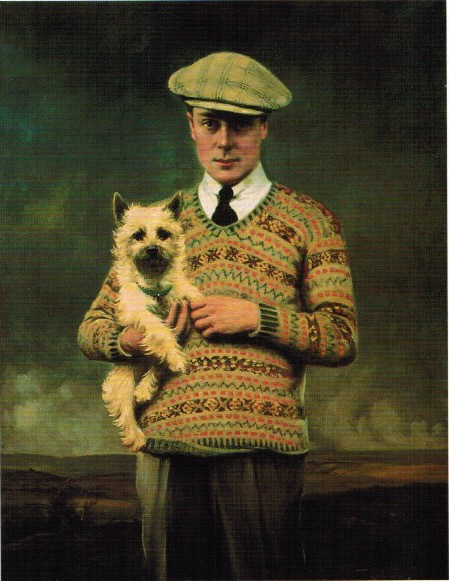
Prince of Wales 1903 – Fair Isle Jumper
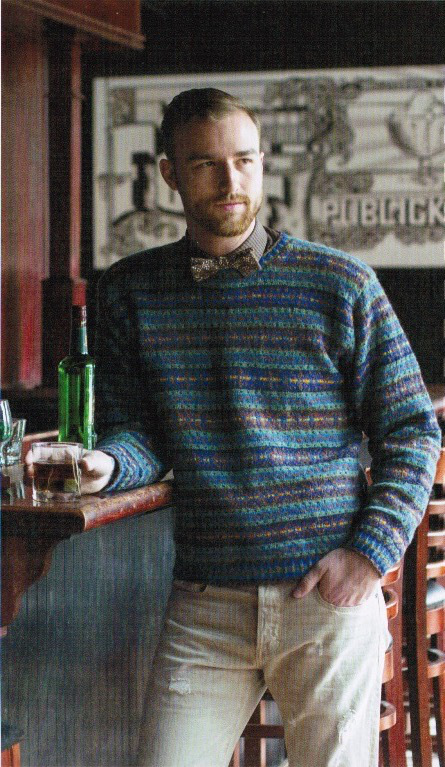
Modern Fair Isle – Dublin Pullover from Interweave Knits Winter 2017
The August 2017 issue of In Style magazine includes Fair Isle sweaters as one of the Fall 2017 trends. What is Fair Isle? Off the northerly coast of Scotland in a group of islands known as Shetland, Fair Isle is the most southerly member, 3 miles long by 2 miles wide. This tiny island is the origin of Fair Isle Knitting, a circular, stranded form of color knitting. Since the 1920s, when the Prince of Wales sported a Fair Isle jumper, Fair Isle knitting has enjoyed commercial success.
If you’ve never tried this method of knitting with colored yarns, I’m showing you two important techniques, “stranding” and “weaving”, for successful Fair Isle knitting. For more information on the Fair Isle tradition, Alice Starmore’s Book of Fair Isle Knitting is a great resource.
Fair Isle knitting involves changing colors every few stitches in one row. Traditionally, Fair Isle was worked on circular needles so all the pattern rounds are knit, making the yarn easier and faster to manipulate (you can use straight needles to knit Fair Isle patterns). When 2 colors are interchanged often in the same row, it is practical to carry each color not in use across the back of the work. One method for doing this is stranding. The colored yarns are picked up alternately over and under one another as you work across the row. Stranding is suitable for color changes over 1 to 5 stitches, and the result is “strands” or “floats” across the back or wrong side of the knitting. For color changes more than 5 stitch repeats, weaving is the preferable method, otherwise the floats are too long.
It is essential to keep an even tension when stranding. If the yarns are stranded too tight, the work will pucker, and alternatively if the yarns are stranded too loose, the fabric will gape. Note: Carrying yarn creates a thick fabric.
To neaten the work, the joining yarns should be woven in as you knit, or there will be many yarn ends to weave in when finished knitting. Both stranding and weaving are often used together in a project. Note: The gauge for Fair Isle knitting will be different than just working a stockinette stitch sample without color changes. Remember to always check your gauge.
Stranding can be accomplished with one or two hands. With two hands you must know how to knit in the Continental style. (See bonus how-to below).
One Handed Method
- When working a knit row, yarns are carried across the back of the work or the wrong side. Knit a few stitches with the old color (working yarn) and then drop it in the back. Pick up the new color under the dropped yarn and knit next few stitches. Continue alternating colors this way, carrying unused yarn loosely across the back. It takes practice to get the tension even.
- On a purl row, work in a similar fashion, but pick up the new color over top the dropped yarn, keeping the “floats” in front of the work.

Stranding yarn on knit and purl rows

What stranding should look like on back side
Weaving in Joined Yarn Ends or Large Color Repeats (more than 5 stitches)
- Hold the working yarn in the right hand and the yarn to be woven in the left hand. *To weave yarn above a knit stitch, bring it over the right needle. Knit next stitch with the working yarn, bringing it under woven yarn. When you knit the next stitch the woven yarn is already under the stitch. Repeat from * across the row. When weaving in yarn ends, work as above across 7-10 stitches. This alleviates weaving in many yarn ends with a tapestry needle when the knitting is completed.
- To weave yarn above a purl stitch bring the yarn over the right needle and purl the next stitch with the working yarn, bringing it under the woven yarn. Purl the next stitch with the working yarn by bringing it over the woven yarn. Repeat these steps across the row.

Weaving yarn ends on a knit row
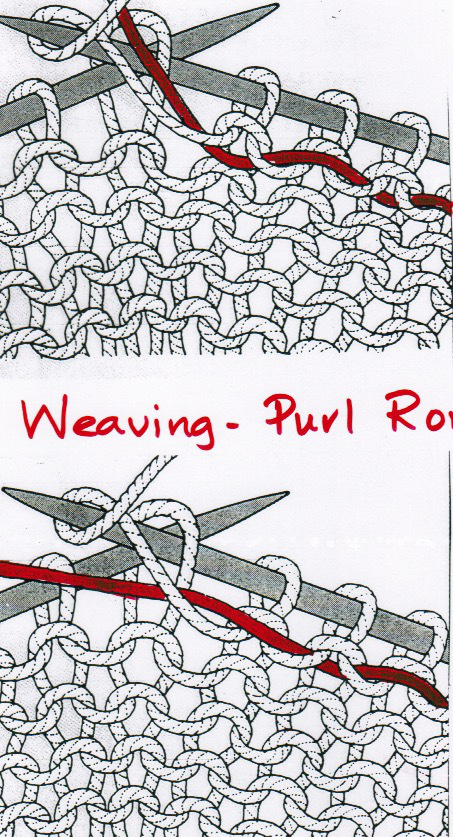
Weaving yarn ends on a purl row
Fair Isle knitting is challenging at first, but after practicing and getting the tension even, it’s a rewarding experience. Non-knitters will wonder how you ever worked something so “complicated”.
Bonus How-To:
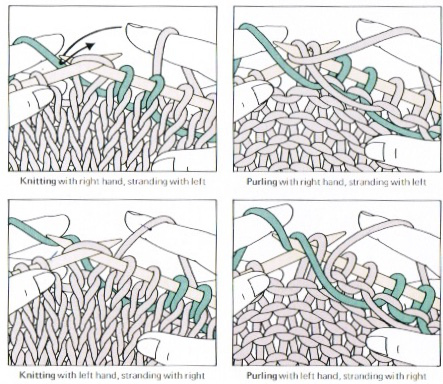
Stranding yarn – Continental style of knitting
Advertisements Share this:
- More


